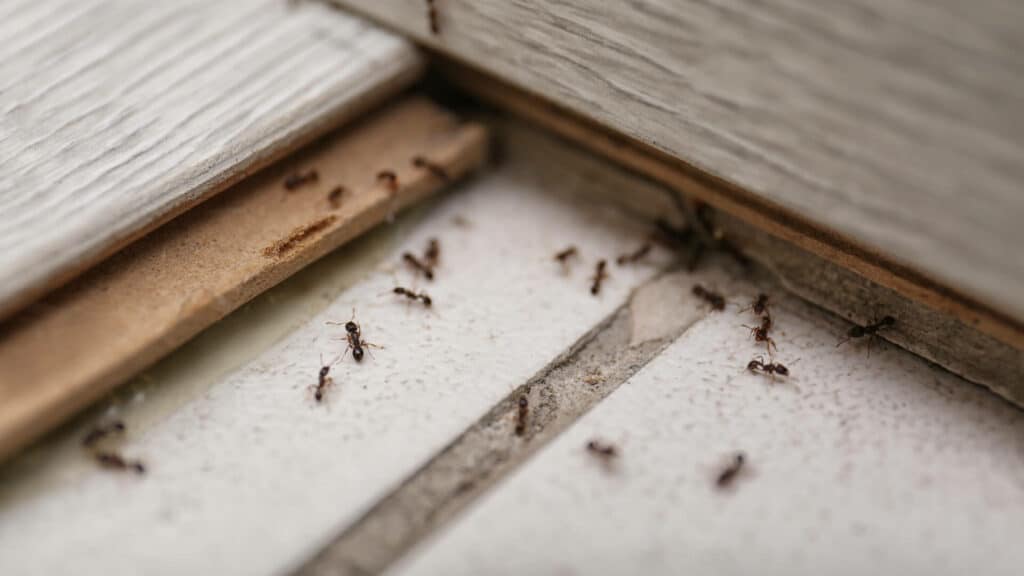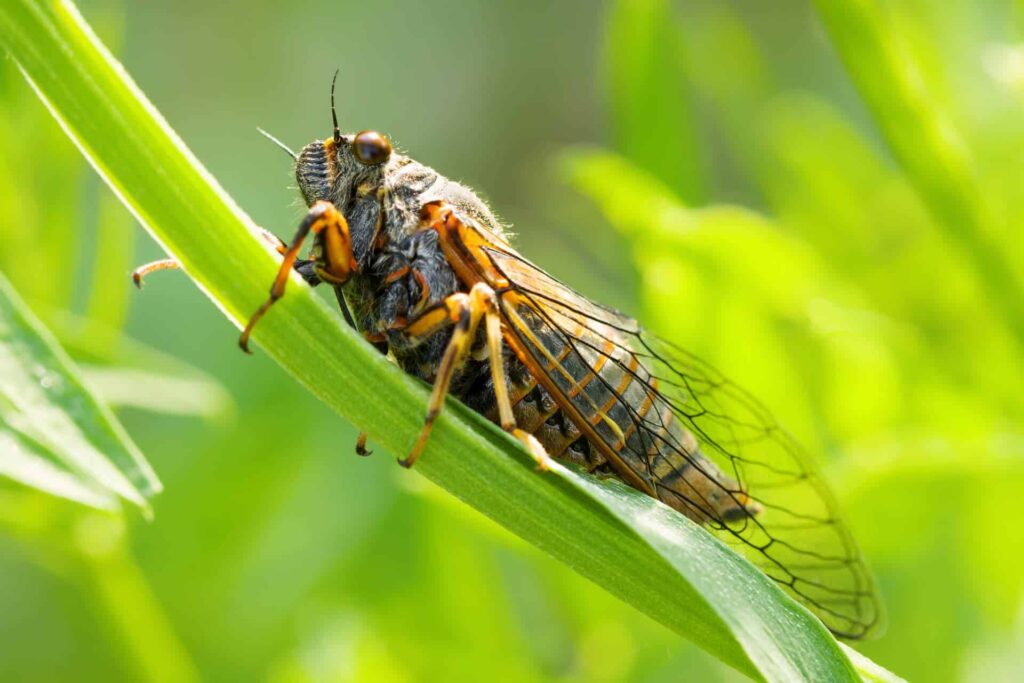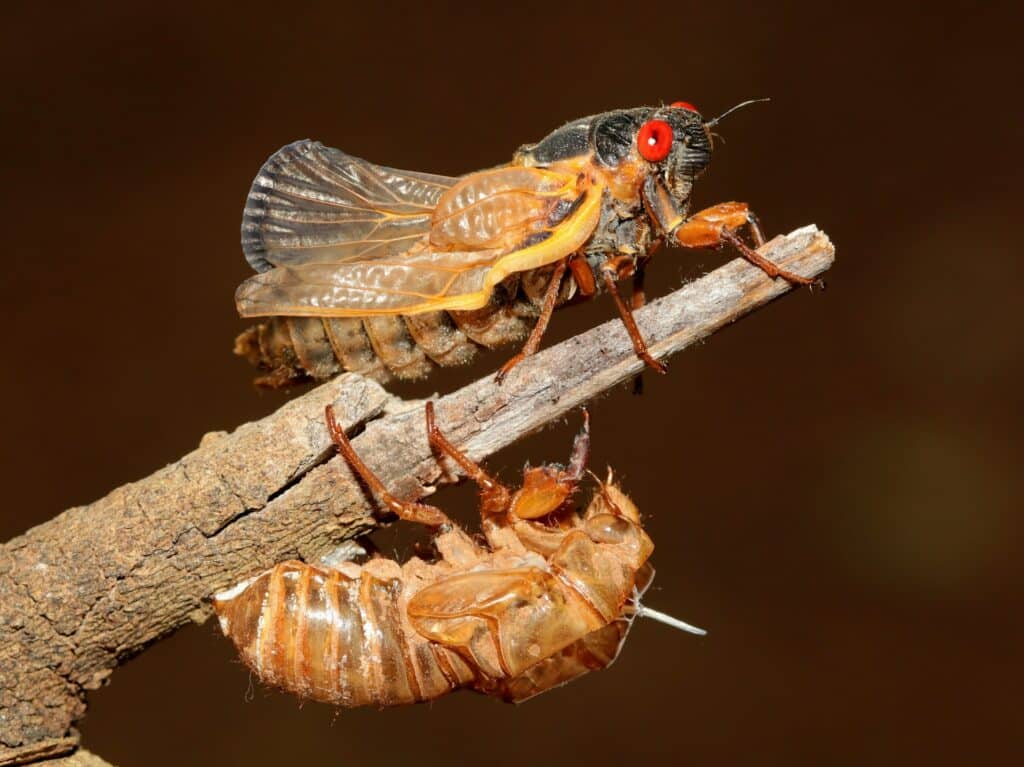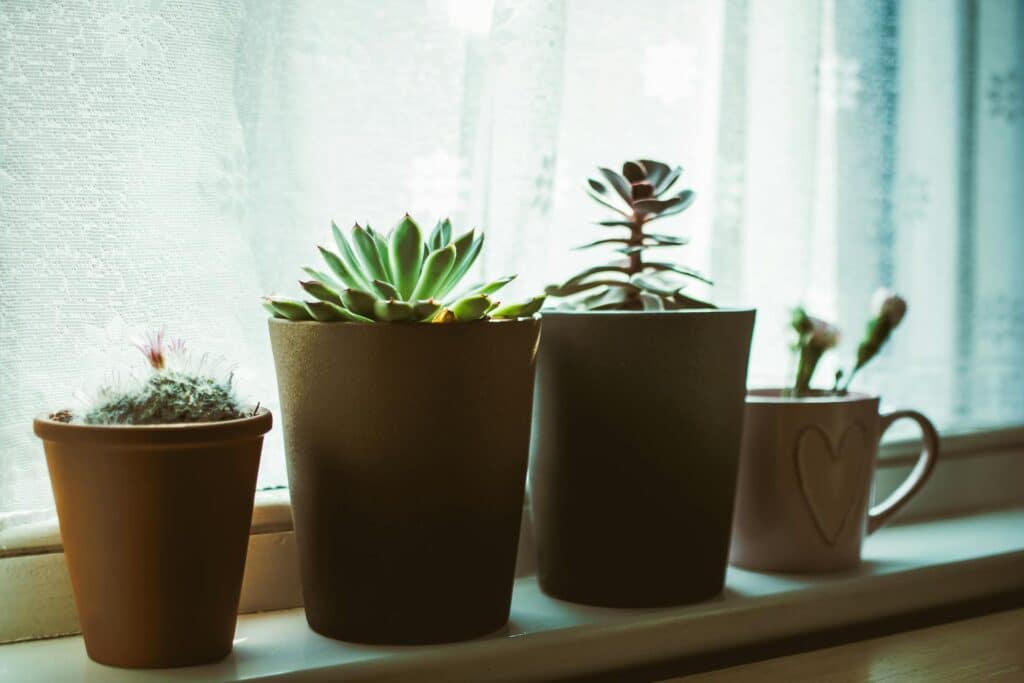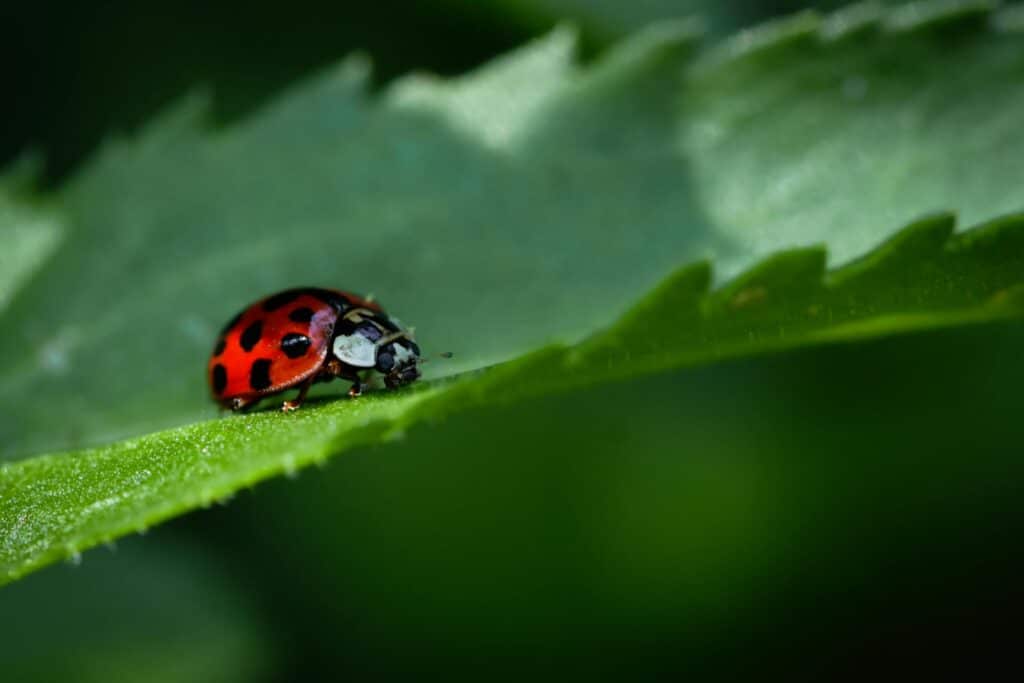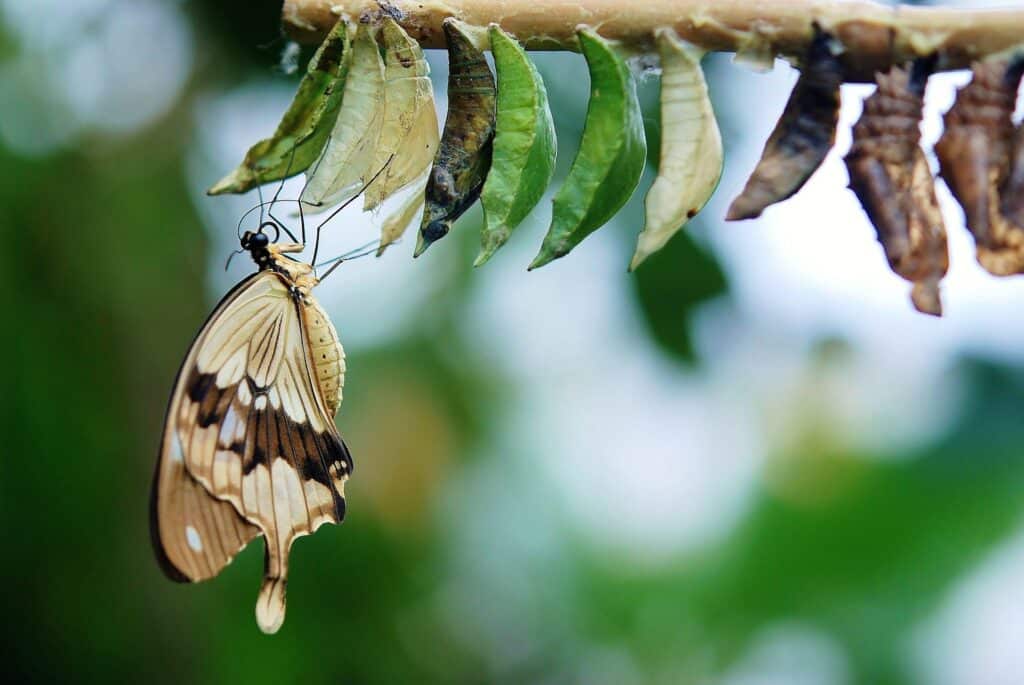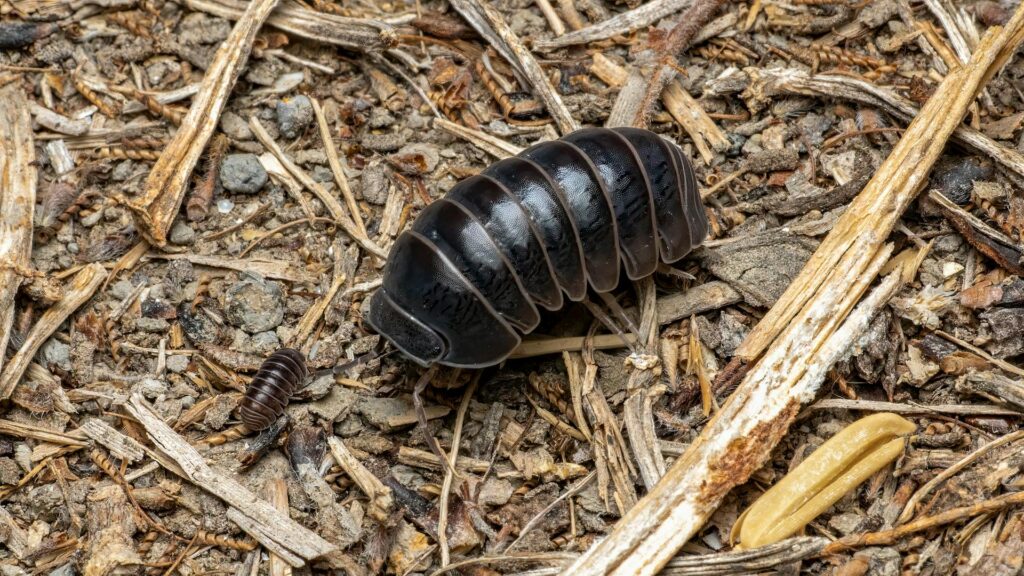Kitchens with high moisture levels are significantly more likely to experience cockroach problems. Leaky pipes, condensation around appliances, and unaddressed spills create perfect conditions for these persistent pests to thrive. Cockroaches depend on water sources for survival, which is why damp areas inside cabinets, under sinks, and near kitchen appliances become ideal habitats for them.
Understanding the connection between moisture and cockroach infestations can help you identify and eliminate the conditions that make your kitchen attractive to these unwanted visitors.
Why Cockroaches Thrive in Damp Environments
Cockroaches have a fundamental need for moisture to survive. While they can go weeks without food, they can’t live long without access to water. This biological requirement explains why they’re frequently found in humid spaces where condensation or small leaks provide them with a consistent water source.
Your kitchen naturally becomes a prime target for cockroach activity because it offers both water and easy access to food sources. If moisture issues in your kitchen go unaddressed, cockroaches will likely establish nests in hidden areas where they can remain undisturbed during daylight hours and emerge at night to forage for food and water.
Common Moisture Sources That Attract Cockroaches
Here are some areas of your home that you are likely to find problems with moisture and that might potentially attract cockroaches.
Leaky Pipes Under Sinks
Slow leaks beneath your kitchen sink create a constant supply of water that cockroaches can access. These pests prefer to hide in dark, enclosed spaces near plumbing fixtures and will use these damp areas as nesting spots. Even minor leaks that you might not notice immediately can provide enough moisture to sustain a cockroach population.
Condensation Around Appliances
Your refrigerator, dishwasher, and ice maker all generate condensation, which can pool underneath or behind these appliances. This accumulated moisture provides cockroaches with a hidden drinking source that’s rarely disturbed by human activity, making it an ideal location for them to gather.
Spills and Standing Water
Even small amounts of water left behind after washing dishes or cooking can attract cockroaches to your kitchen surfaces. If these spills aren’t cleaned up promptly, pests will take advantage of the available moisture. You might not think a small puddle on your counter matters, but to cockroaches, it’s an invitation to explore further.
Clogged Drains
Kitchen sinks and floor drains that hold standing water create perfect breeding grounds for cockroaches. These areas not only provide moisture but also collect food debris, making them even more attractive to pests. Regular cleaning and maintenance of drains is essential for preventing cockroach activity in these areas.
Damp Cabinets and Storage Areas
If the cabinets near your plumbing fixtures absorb moisture due to leaks or high humidity, cockroaches may settle in these areas. Soft, damp wood is particularly vulnerable as it can make it easier for cockroaches to create pathways between hiding spots, allowing them to establish larger colonies over time.
Where Cockroaches Hide in Kitchens
Here are some areas where you are likely to find cockroaches hiding in your kitchen.
Behind or Under Appliances
Cockroaches naturally prefer warm, dark spaces where they can hide undisturbed. The areas behind your stove, refrigerator, and dishwasher offer both warmth and hidden moisture sources, making them common nesting locations. These appliances generate heat, which creates an attractive microclimate for cockroach activity.
Inside Cupboards and Pantries
If there’s a water source nearby, cockroaches may infest the cupboards where you store food. Crumbs, open food containers, and damp shelving create an ideal environment for them to thrive. You’ll want to pay particular attention to cabinets under sinks or those adjacent to dishwashers and refrigerators.
Under Floorboards or Baseboards
Leaks that seep into your kitchen flooring can create damp hiding spots beneath baseboards or in floor gaps. Cockroaches use these hidden pathways to move between different kitchen areas without being detected. These moisture-rich spaces often become highways for cockroach travel throughout your home.
Signs of a Cockroach Infestation
Here are some signs that you might be facing a cockroach infestation in your home.
Droppings and Smear Marks
Cockroach droppings typically resemble black pepper or coffee grounds and are often found near water sources. In areas with high humidity, cockroaches may also leave behind dark smear marks along baseboards or near plumbing fixtures. Finding these signs in your kitchen is a clear indication of cockroach activity.
Musty Odors
A strong, musty smell in your kitchen may indicate a cockroach infestation. As their numbers grow, this distinctive odor becomes more noticeable, especially in areas with limited airflow like cabinets and behind appliances. If you detect this smell despite regular cleaning, you might have a hidden cockroach problem.
Egg Casings and Shed Skins
Cockroach egg casings (oothecae) and discarded skins are often found in hidden areas near moisture sources. These physical signs suggest an active infestation that is reproducing and growing. One egg casing can contain dozens of eggs, indicating a potentially large problem developing in your kitchen.
Addressing Moisture Problems in Kitchens
It’s important to fix any moisture issues you might have in your kitchen to avoid attracting cockroaches. Here’s how to do so.
Fix Leaks Promptly
You’ll want to regularly inspect plumbing for leaks under sinks, behind appliances, and in walls. Quickly repairing any leaks you find prevents cockroaches from accessing the water sources they need to survive. Even small drips should be addressed immediately before they attract pests.
Improve Ventilation
Using exhaust fans while cooking and considering dehumidifiers in particularly humid kitchens helps control moisture levels. Reducing overall humidity makes your kitchen space less attractive to cockroaches and other moisture-loving pests. Good airflow is essential in preventing the damp conditions these pests prefer.
Keep Surfaces Dry
Make it a habit to wipe down sinks, counters, and floors after cooking or washing dishes to eliminate moisture that cockroaches seek out. Paying special attention to areas around the sink and dishwasher where water often accumulates can significantly reduce your risk of attracting these pests.
Inspect and Seal Entry Points
Take time to inspect and seal cracks around pipes, cabinets, and baseboards to reduce potential hiding spots and entryways for cockroaches. Using appropriate caulking or sealants on gaps where moisture might seep through can create barriers that prevent cockroaches from accessing your kitchen.
When to Take Further Action
If cockroach activity persists despite efforts to address moisture issues, an infestation may be present in hidden areas and professional cockroach control might be required. Kitchens provide food, water, and shelter, making them a prime location for cockroaches to thrive. Kitchen pest prevention strategies help reduce infestations, but targeted solutions may be needed.
Managing Cockroach Infestations in Kitchens
If cockroach activity persists despite your efforts to address moisture issues, you might be dealing with an infestation hidden in areas you can’t easily access. Kitchens naturally provide all three elements cockroaches need—food, water, and shelter—making them prime locations for these pests to establish colonies.
Our pest control experts can provide a thorough inspection of your kitchen to identify all potential cockroach harborage areas and create an effective treatment plan. Get a free quote today to learn how we can help you eliminate moisture-loving cockroaches with our pest control service and prevent them from returning to your kitchen.
